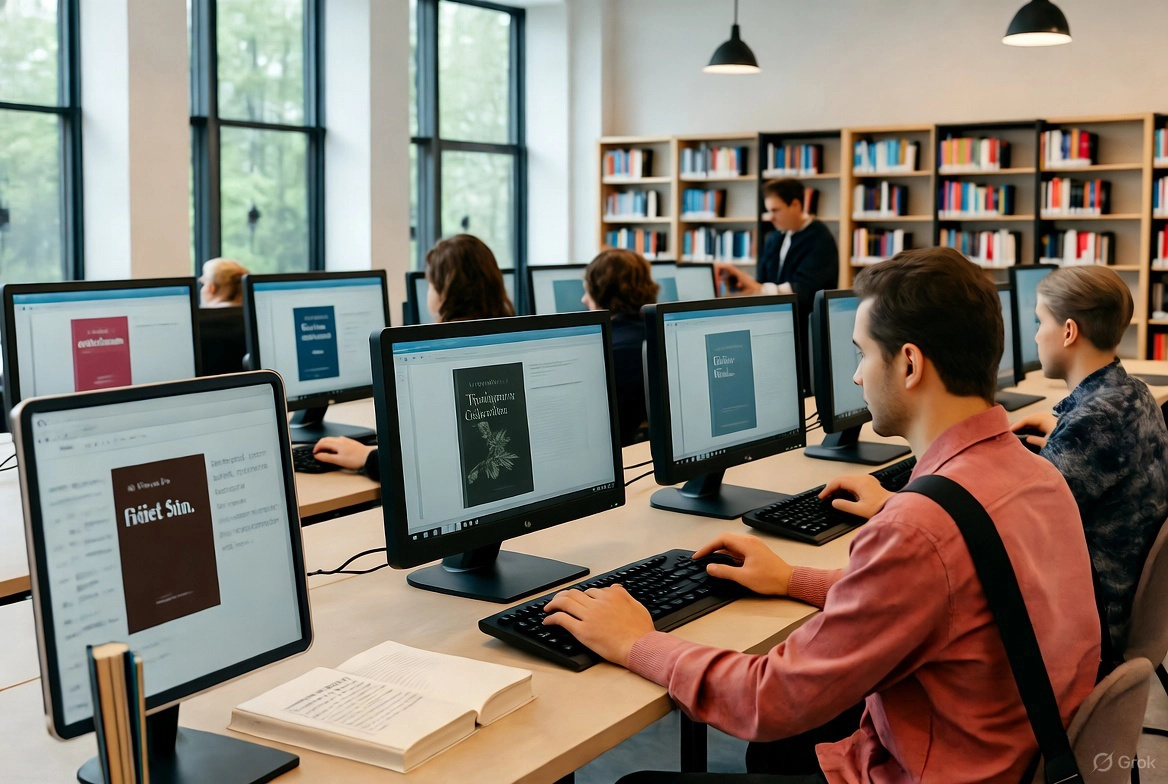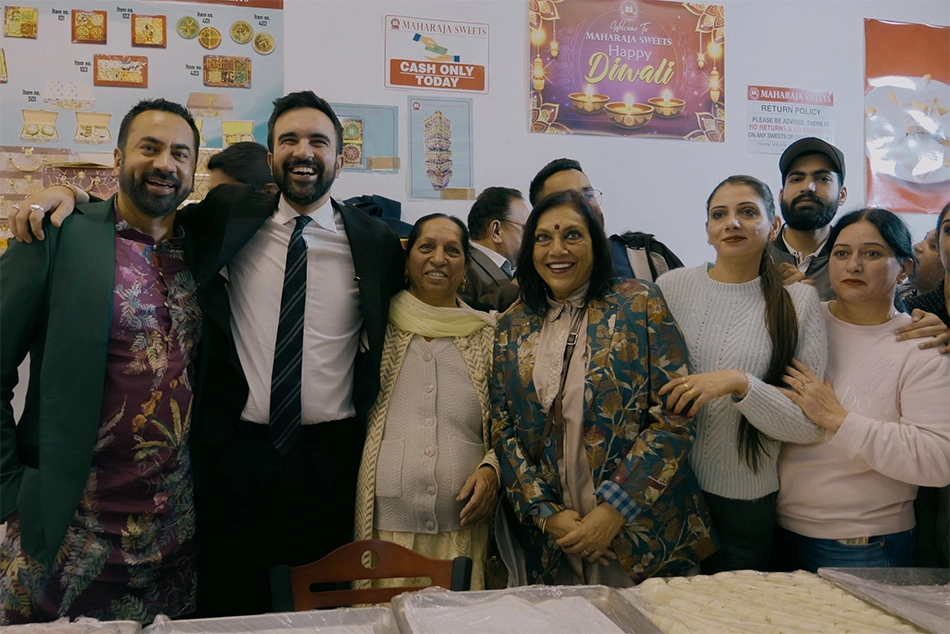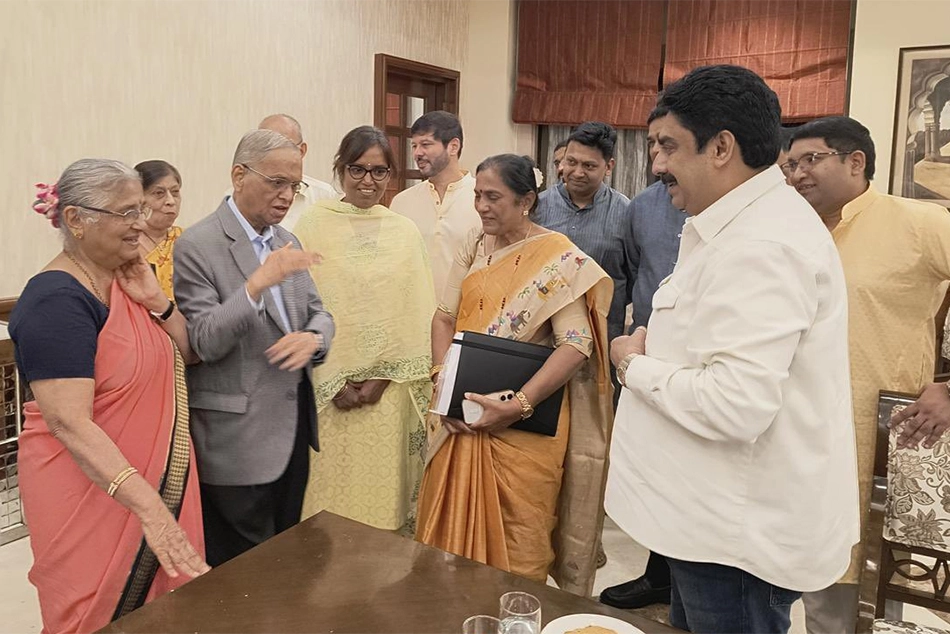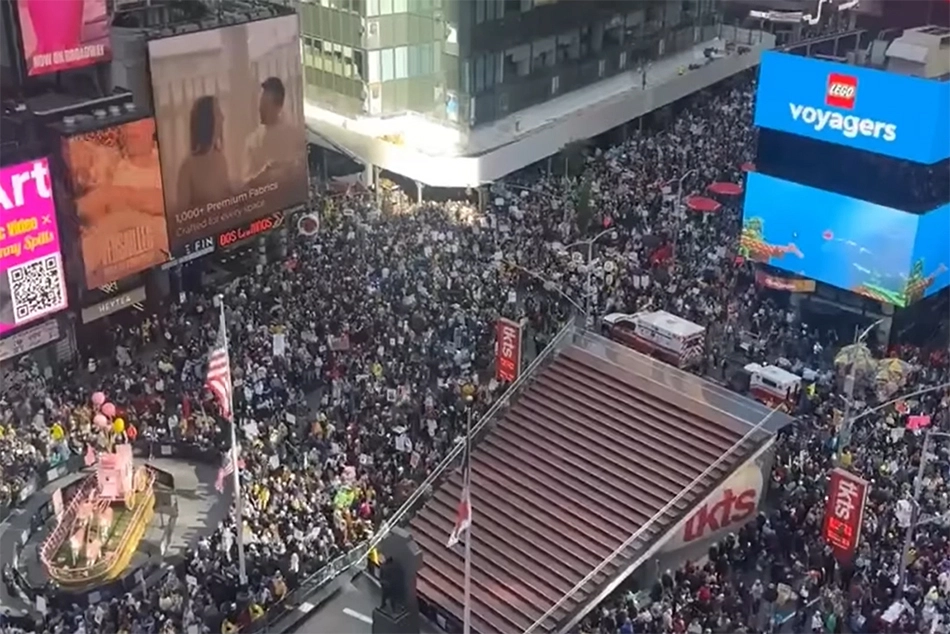
How Modern Technology is Keeping Literature Alive
E-libraries are now at the heart of the technological transformation, and among them is Zlibrary where users rarely face problems accessing what they need.

Stories That Travel Faster Than Ever
Books have always had a way of crossing borders. But today they don’t just move across continents in suitcases. They jump from servers to screens in seconds. A single click can pull up a rare manuscript or a trending novel without leaving the comfort of home. This kind of access wasn’t even imaginable for most people a few decades ago.
The shift didn’t just make reading easier—it changed the way people connect with stories. E-libraries are now at the heart of this transformation. Among them users of Zlibrary rarely face problems accessing what they need. Whether it’s for school work or weekend reading the doors to literature are wide open for anyone with a connection and curiosity.
Quiet Revolutions Behind the Screen
It’s easy to miss the silent work that keeps online reading smooth. Compression tools reduce file sizes so books load fast. Cloud servers make it possible to read on a bus and then pick up at home without losing a page. Digital rights management has loosened up just enough in some areas to help more people read freely without breaking laws.
In the middle of these changes some e-libraries stand out not just for size but for how people use them. Many users rely on information found through our Wikipedia page to better understand how to navigate these spaces.
They’re not just clicking links. They’re building habits around reading and making it part of daily life again.
What Makes Tech a Lifeline for Literature
Reading didn’t disappear when attention spans shrank. It just changed clothes. E-readers mimic real pages. Phones hold entire libraries in a pocket. People are still reading—they’re just doing it differently now. For authors it means old work can find new fans. For readers it’s like stumbling into a secondhand bookstore that never closes.
Here’s where technology really makes its mark on the reading world:
Compact transitions are the name of the game when change comes quickly and people need to adapt fast so here’s what matters most:
- Access Without Boundaries: Readers no longer have to live near a library or bookstore. With one click they can access stories from other countries other languages even other centuries. This doesn’t just level the playing field—it flattens it entirely. That means students in remote areas can study texts that once only sat in big city archives.
- Speed and Discovery: Algorithms and smart search bars take people to books they didn’t even know they wanted. One novel about love in the 19th century can lead to five more from other time periods and places. This speed means curiosity never hits a dead end. It’s a trail of breadcrumbs that keeps on going.
- Preservation in a Fragile World: When disasters strike physical books can be lost forever. But digital copies stored in cloud systems stay safe. That means old texts rare editions and fragile manuscripts can survive and continue to inspire. It’s not just about convenience—it’s about protecting culture and memory.
As tech continues to fold itself into everyday life people grow more used to reading this way. Even those who once swore by hardcovers are now flipping through digital pages on their phones while waiting in line or sitting on trains.
The New Kind of Reader
What’s growing quietly alongside all this tech is a new kind of reader. Not someone who sees reading as a chore or a checklist. But someone who dips in and out of books all day like snacking on words. Someone who blends classics with modern essays and surprises themselves with what sticks.
Modern tools didn’t erase the love of reading. They just gave it a new rhythm. And for those who follow that beat literature is not fading into the background—it’s humming right along with them.
Follow ummid.com WhatsApp Channel for all the latest updates.
Select Language to Translate in Urdu, Hindi, Marathi or Arabic







